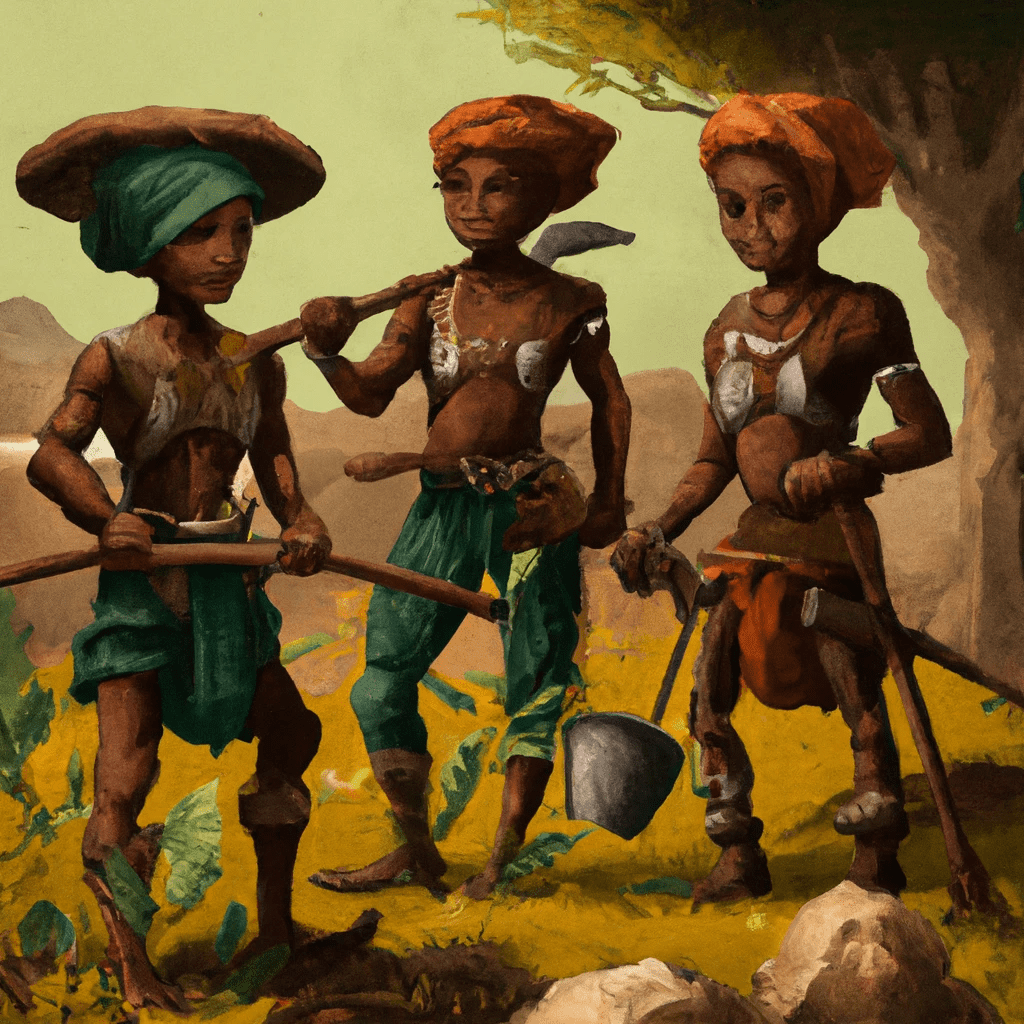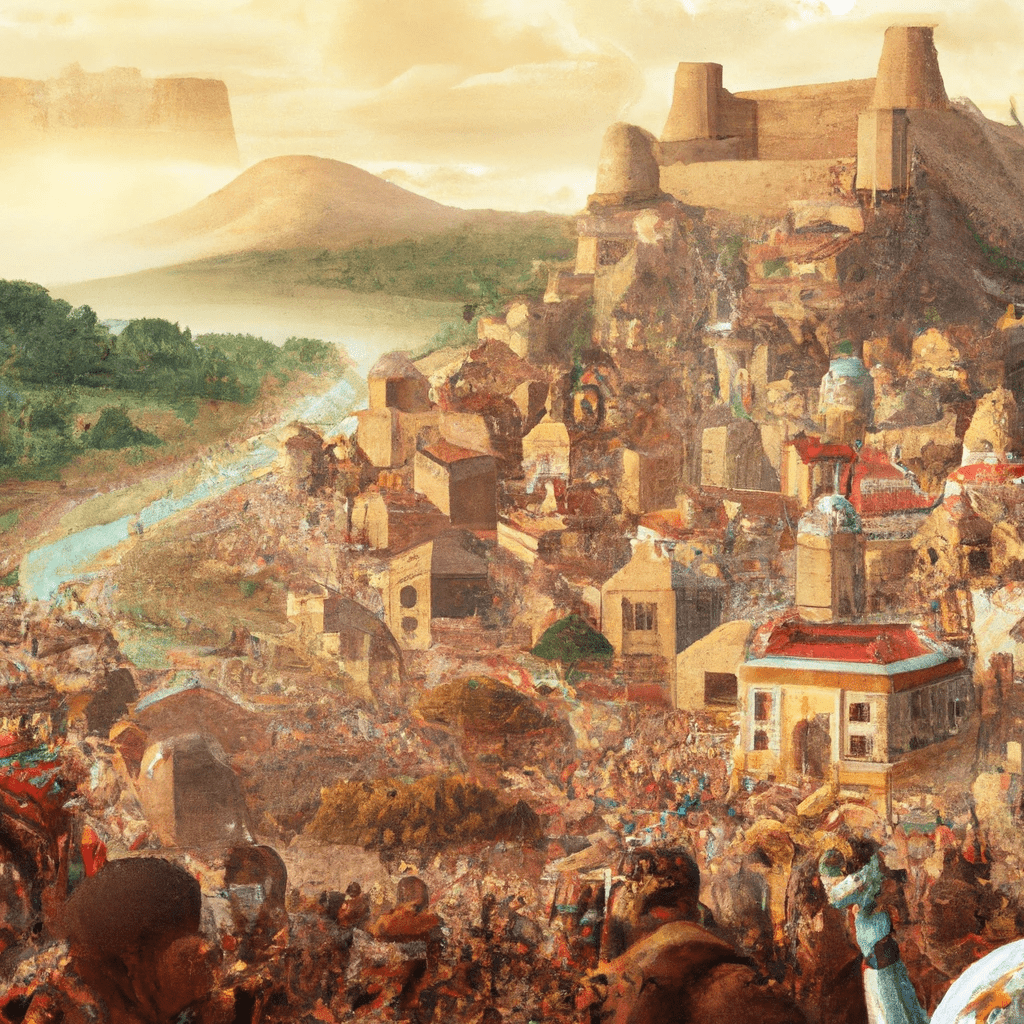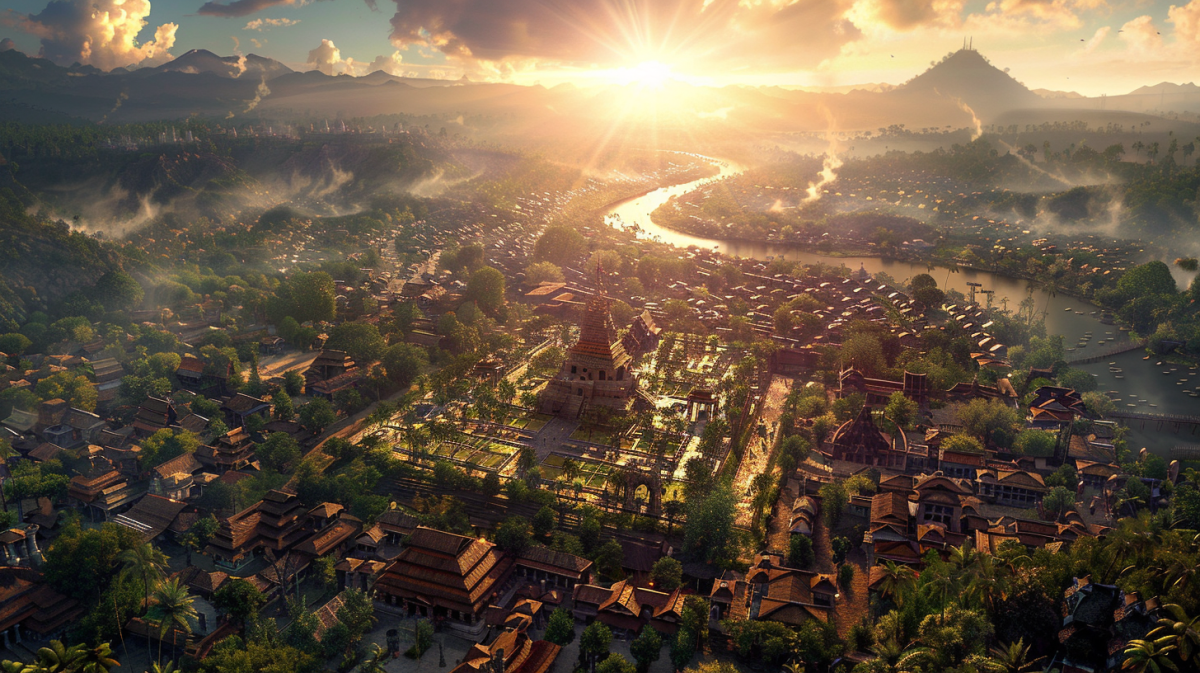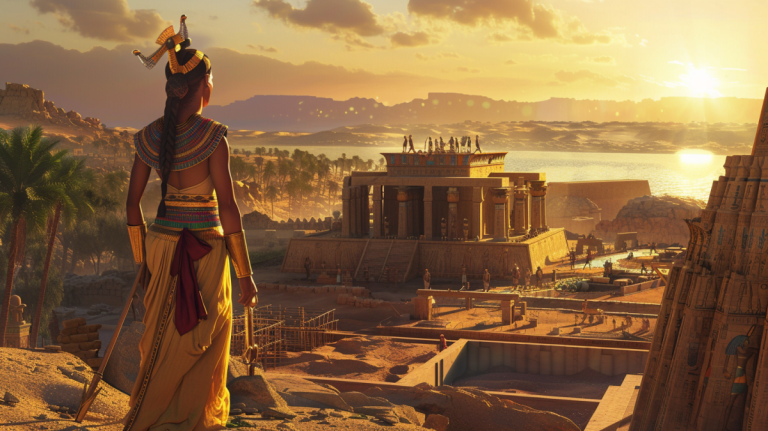The Kingdom of Mauretania, an ancient Berber realm in present-day Algeria and Morocco, emerged in the 3rd century BC. It aligned with Rome in the 1st century BC. By AD 40, Rome annexed it, dividing it into Mauretania Tingitana and Mauretania Caesariensis.
Origins of the Luba Kingdom
The captivating history of the Upemba Depression has been revealed through extensive archaeological research, which has shown that the area has been continuously inhabited since at least the 4th century AD. The first occupants were iron-working farmers who adapted to the challenging terrain by developing innovative methods of fishing and transportation, including the use of nets, harpoons, dugout canoes, and canals through the swamps. The people of the region were resourceful and had the foresight to dry fish, which became a vital source of protein. This allowed them to establish trade networks and forge connections with neighbouring communities, including those living in the savanna who were desperately in need of protein.

The passage of time brought immense growth and prosperity to the people of the Upemba depression. By the 6th century, the picturesque lakeshores were abuzz with fishermen skilled in ironworking and thriving in palm oil trade. The economy continued to evolve, and by the 10th century, the people had embraced a diversified way of life, relying on fishing, farming, and metalworking to sustain their families. The metalworkers’ artistry was reliant on traders who would bring them the much-needed copper and charcoal for smelting. These traders contributed to the economy by exporting salt and iron items, while importing exotic glass beads and cowry shells from the distant Indian Ocean. This enriching economy fostered cultural diversity and spurred commerce throughout the region.
In the 14th century, the people of the region were already organised into separate farming and trading communities, each one prosperous in its own right. However, the gradual process of these communities merging began, as competition for limited resources grew. Some of these communities eventually merged into larger and more centralised ones, forming a web of interdependent communities. The legendary Luba Kingdom emerged during this era, established by King Kongolo Mwamba around 1585. His nephew and successor, Kalala Ilunga, expanded the empire over the upper left-bank territories of the Lualaba River. At its zenith, the kingdom boasted a population of about a million people who all paid tribute to its mighty king.

The Government of the Luba Kingdom
The prosperity of the Luba kingdom was largely attributed to the development of a highly resilient form of government that could withstand the turbulence of succession disputes and embrace foreign leaders and governments. The Luba governance model was so successful that it was adopted by the Lunda Kingdom and eventually spread throughout the region comprising modern-day northern Angola, northwestern Zambia, and southern Democratic Republic of Congo. The Mulopwe (‘sacred king’) was responsible for ensuring law and order, supported by a court of nobles called Bamfumus. Clan kings, known as Balopwe, helped the kings to reign over their subjects. The Bambudye, a secret society that preserved the memory of the Luba and imparted their knowledge across the kingdom, united the diverse populations of the Luba.

The kingship of the Luba Kingdom
Through the Mbudye tradition, it is believed that every ruler of the Luba Empire descended from Kalala Ilunga, a mystical hunter who was credited with toppling the previous king, Kongolo Mwamba. Not only did he bring down the previous king, but he also introduced advanced iron forging techniques to the Luba people, which helped propel their technological advancements.
Upon their deaths, Luba kings were deified, and the villages from which they ruled were transformed into sacred shrines dedicated to their legacies. These landmarks were scattered throughout the Luba heartland, serving as constant reminders of the great leaders who had once governed the people.
One of the central elements of Luba regalia for kings and nobles was the mwadi, a female representation of the ancestral kings. Staffs, headrests, bow stands, and royal seats featuring the mwadi symbolised the divine status of the ruler and the elegance of his court.

The economy of the Luba Kingdom
In the early days, the local economy of the Luba kingdom led to the emergence of several small yet thriving kingdoms. Traders from the Luba community played a vital role in linking the mineral-rich region of the Copperbelt, situated in modern Zambia’s central part, to the Congolese forest in the north. The trade routes that passed through the Luba territory were also connected to more extensive networks that extended to the Atlantic and Indian Ocean coasts.
With the establishment of the Luba kingdom, the economy of the region grew increasingly complex, and a tribute system was instituted to redistribute agricultural, hunting, and mining resources among the nobles. The ruling class enjoyed a near-monopoly on valuable trade items such as copper, salt, and iron ore, enabling them to maintain their dominance over much of Central Africa.

The decline of the Luba Kingdom
The tragedy of the Luba Kingdom was inevitable as long-distance trade arrived on its doorstep. In the 1870s and 1880s, East African traders mercilessly sought out slaves and ivory in the savannas of central Africa, striking the first fatal blow to the once-thriving empire. The kingdom fell victim to the raids of the slave trade, and its downfall was as swift as it was ruthless. By 1889, a bitter succession dispute had divided the kingdom in two, shattering the unity of the once-mighty state. In the end, the shattered remnants of the Luba Kingdom became a part of the Belgian Congo Free State, marking the final chapter in the tragic story of a once-great civilisation.
Related Posts
Sources
World History Encyclopedia. “Kingdom of Luba.” World History Encyclopedia, 21 Jul. 2020, https://www.worldhistory.org/Kingdom_of_Luba/.
Think Africa. “Kingdom of Luba.” Think Africa, https://thinkafrica.net/kingdom-of-luba/.
Sankayi, Mastaki M. “The Origins of the Luba Kingdom.” Sankayi, 13 Feb. 2020, https://sankayi.com/the-origins-of-the-luba-kingdom/







